Pictured here is my friend Bert.
He’s been fishing for a long time and has caught more fish than I’ll ever see in my lifetime. But once in a while I’ll spot him fishing in this unfavorable position- It’s what I call the “Kiss of Death” position. I’ve seen many anglers fish this way and it rarely ends well when a fish takes. Bert’s chances of losing the fish are greater than his chances of netting it. It’s probably an old habit formed long before he started euro nymphing. Look closely. Can you tell what he’s doing wrong? If not, you’d better read on.
Here are two key things to note about Bert's fishing position:
- The fly line at the bottom most guide isn’t positioned under his trigger finger (rod hand finger).
- His rod hand (right) and his line hand (left) are separated by at least 3 feet.
*A big advantage of ESN is quicker pressure on a fish when it strikes. We achieve this by elevating the line off the water surface to give us a direct connection to our fly. Trout are quick to take and eject our flies so milliseconds count here.
Now back to Bert.
His line isn’t under his trigger finger. Why is this bad? The trigger finger instantly locks off the line when the fish strikes. If the line isn’t under his trigger finger and instead is in the working hand (left hand), the line and the rod are moving independently of each other when setting on a fish. This usually results in a bit of slack in the line at the most critical time. *The trigger finger does a much better job of locking the line when setting on a fish.
The main problem with not having the line under the trigger finger is the inability to strip line in quickly when the fish approaches. At this point you are racing the fish. *Stripping line takes two hands- In order to strip line more than once, it must be under the trigger finger- it’s impossible to strip line with just your left hand. If Bert needs to strip the line in quickly, he’d have to place the line under his trigger finger with his left hand. In doing this Bert would actually be giving the fish some line, which gives the fish even more slack/time to bounce off.
Now look at the left hand position in the picture. The distance of a left hand to the reel is about three feet. That’s 3 feet of line that can not be instantly stripped if the fish approaches. When a fish approaches, quick strips in succession may be needed to put adequate pressure on the fish. It can take 3-5 rapid full arm length strips to achieve adequate pressure on the trout. Bert's working hand (left) should ideally be up closer to his rod hand- ready to strip at any time, and again, the line should be under the trigger finger ready to pinch.

Good stripping habits are also essential during your dead drifts. When dead drifting an ESN rig you want to eliminate excess slack in the suspended line/leader as the fly drifts closer to you. This can only be done two ways: 1) stripping line, or 2) raising your rod tip with your rod hand. Usually, it’s a combination of both actions to best manage line slack in a dead drift situation. *Strip line when the fly is far away, and Raise and lower the rod when the fly gets close. There, a much better dead drift already.
Lastly, your trigger finger is your primary brake system if you must let a trout take some line (to prevent a break off). The trigger finger modulates the line better than your left hand or the drag system on your reel because it pinches the line against the cork handle with more friction and better control.
*Pinch hard to lock off the line- pinch less to let a fish take some line from you.
The Kiss of Death position is one that puts the angler at a disadvantage because he/she doesn’t have the ability to effectively set or strip. So remember, after each cast place the line under the trigger finger. This allows you to pinch off the line for better hook sets, strip slack line when dead drifting, and rapidly strip those approaching fish.
By Jeff Sasaki

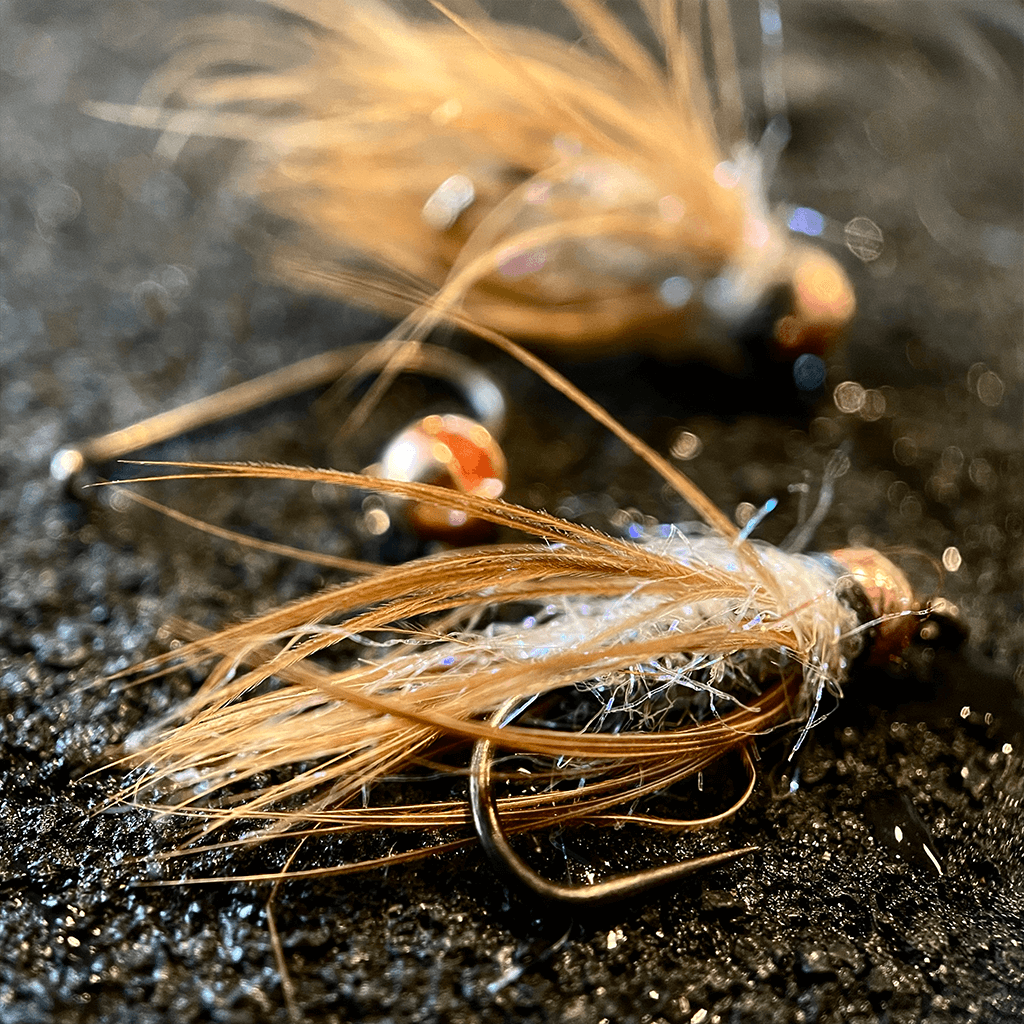
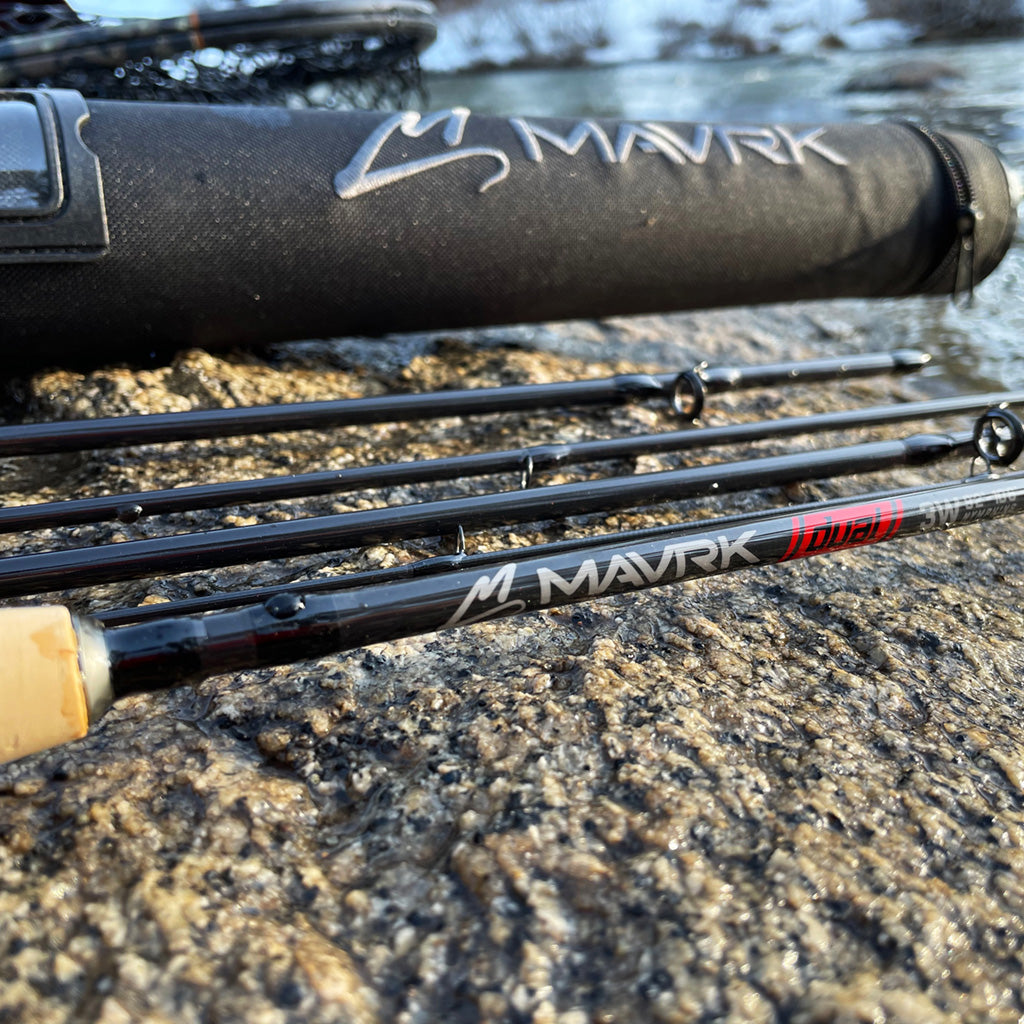
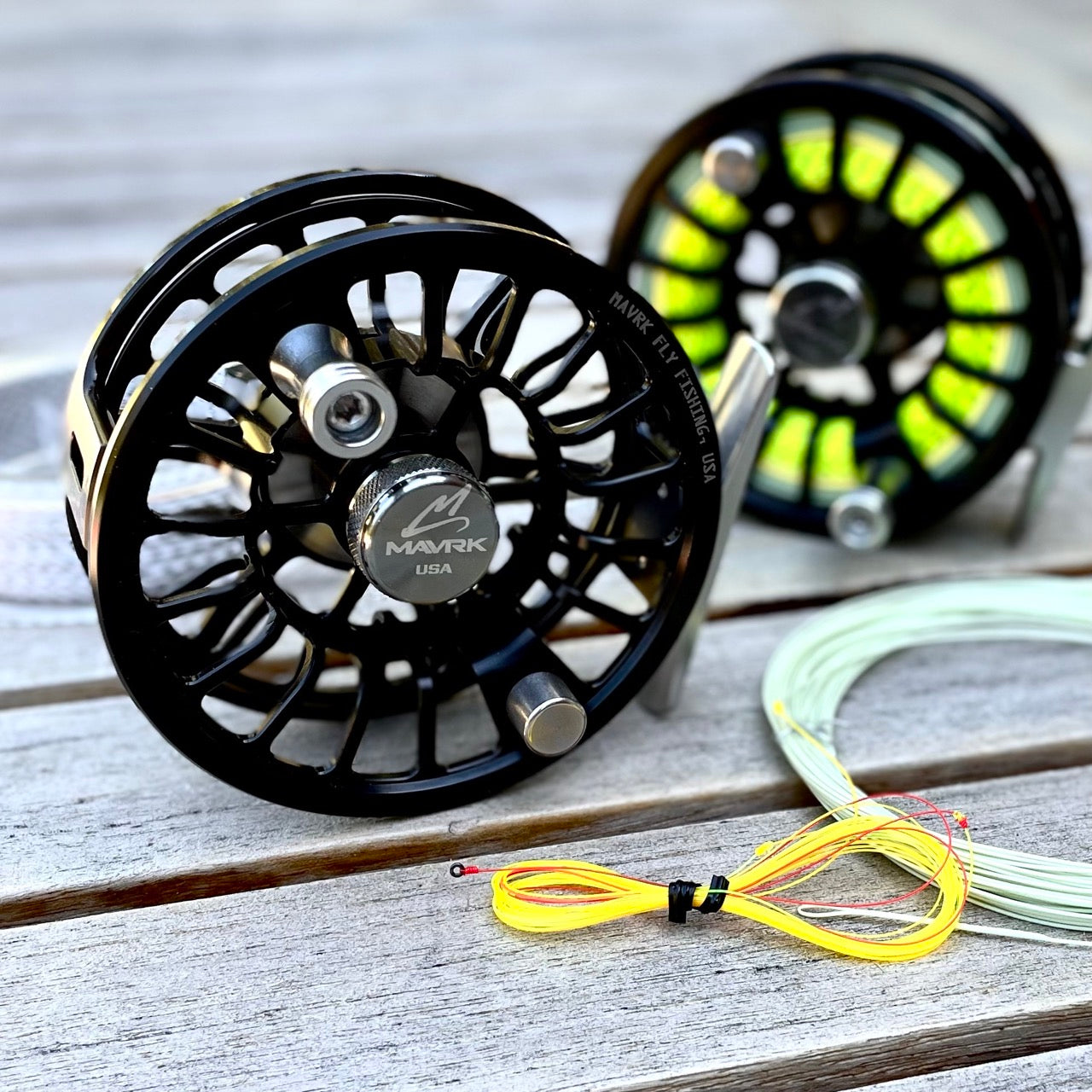
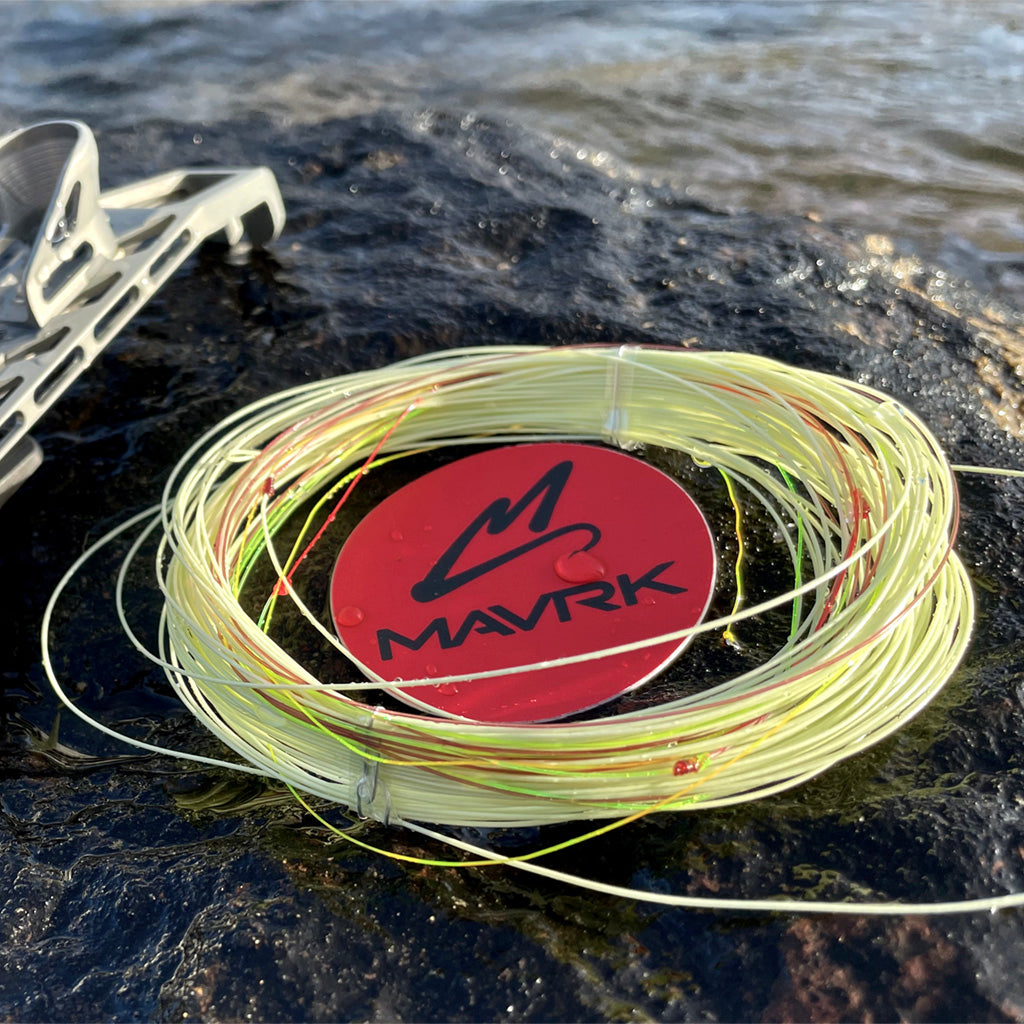
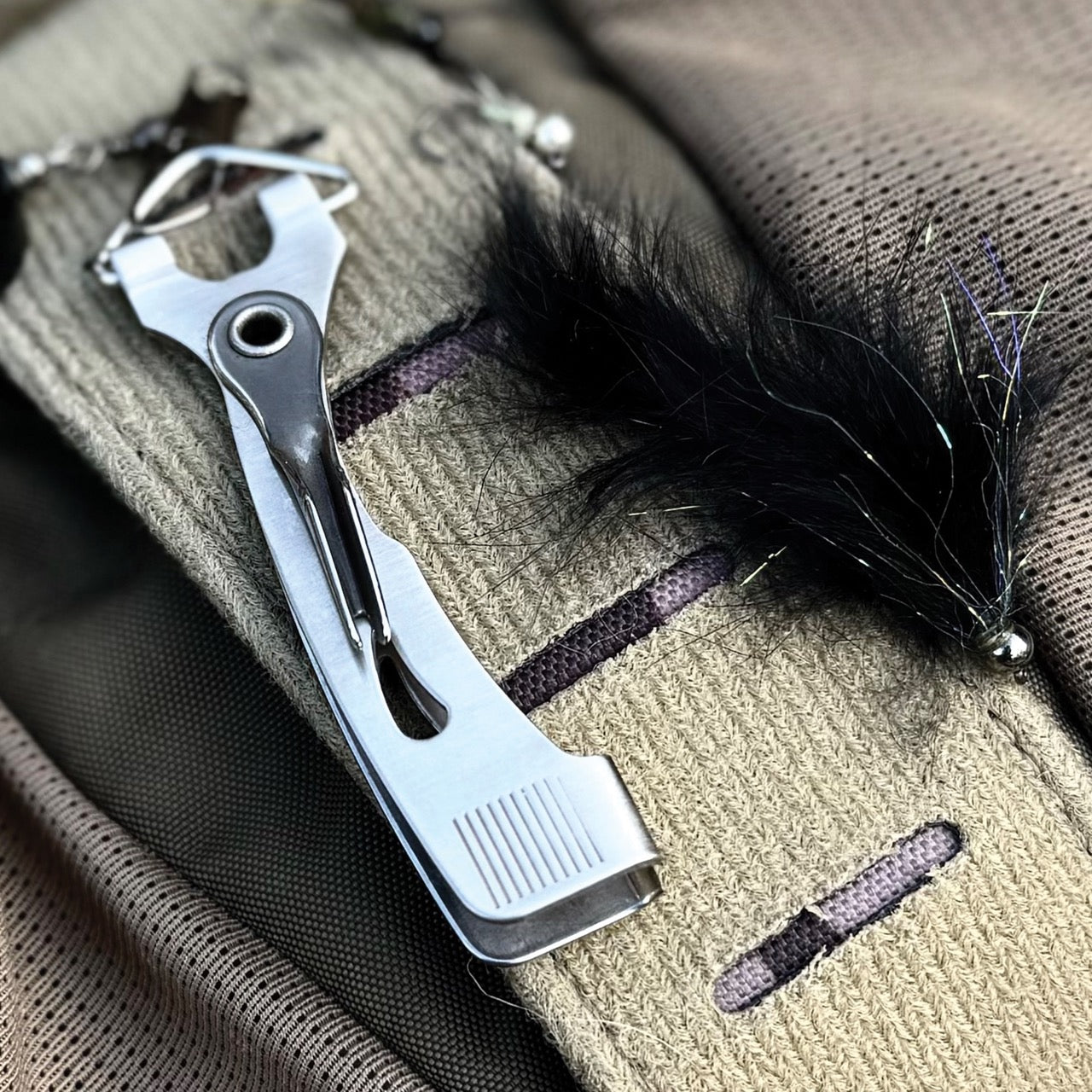
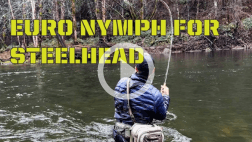
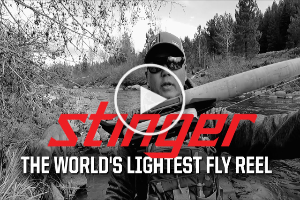
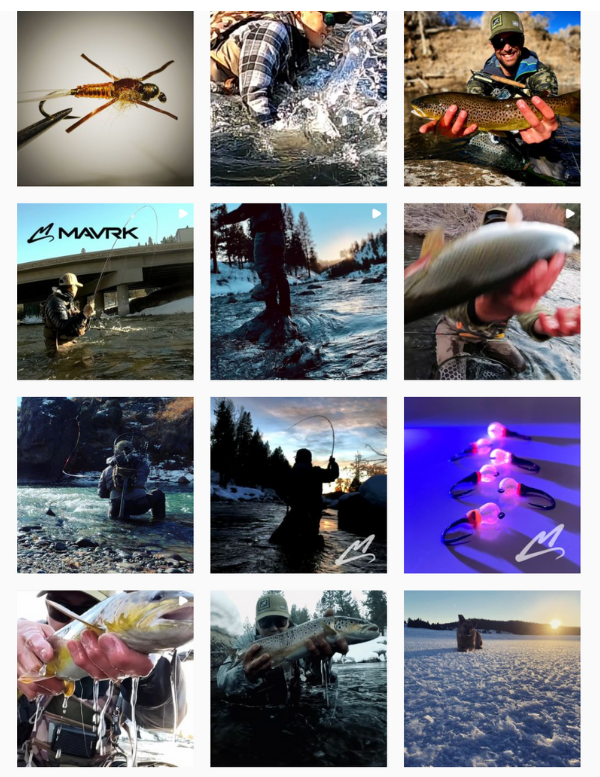
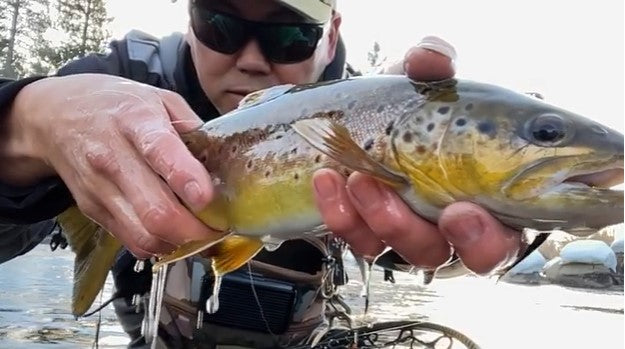
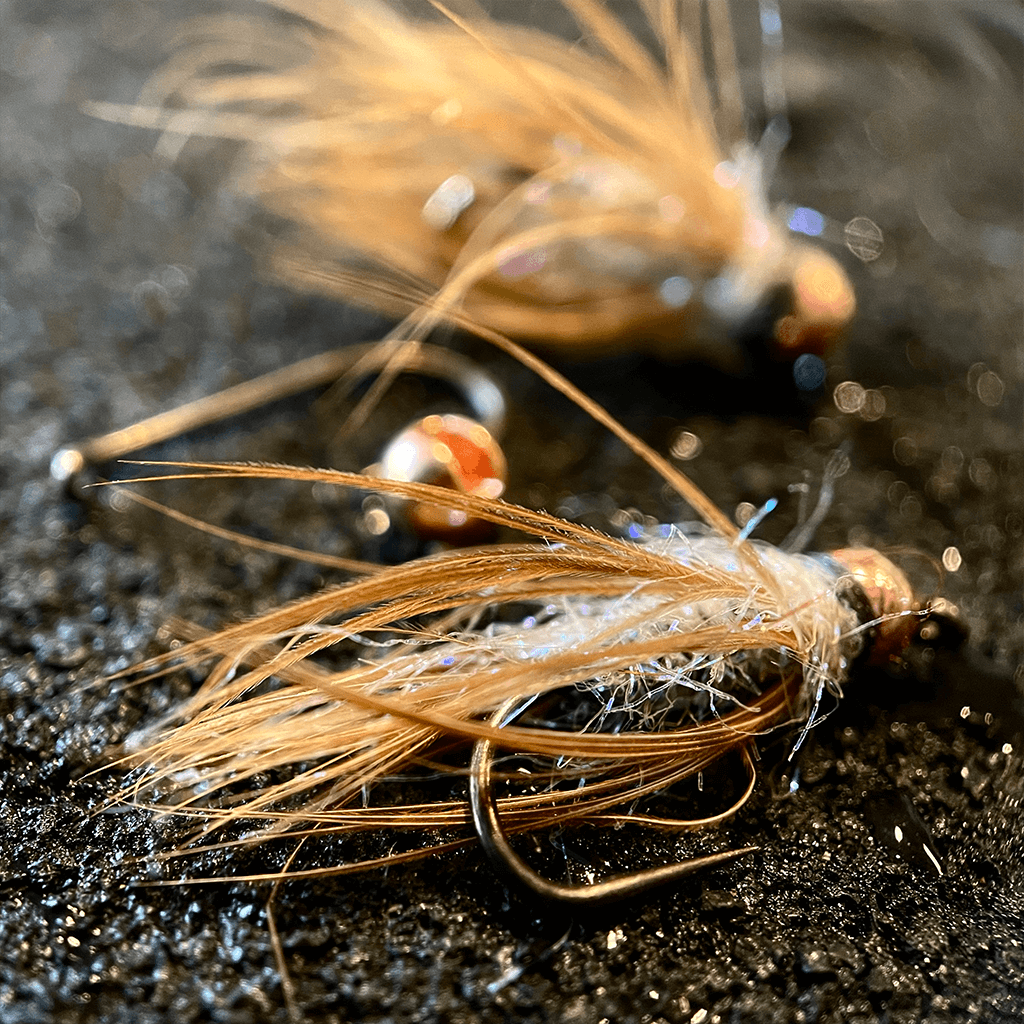
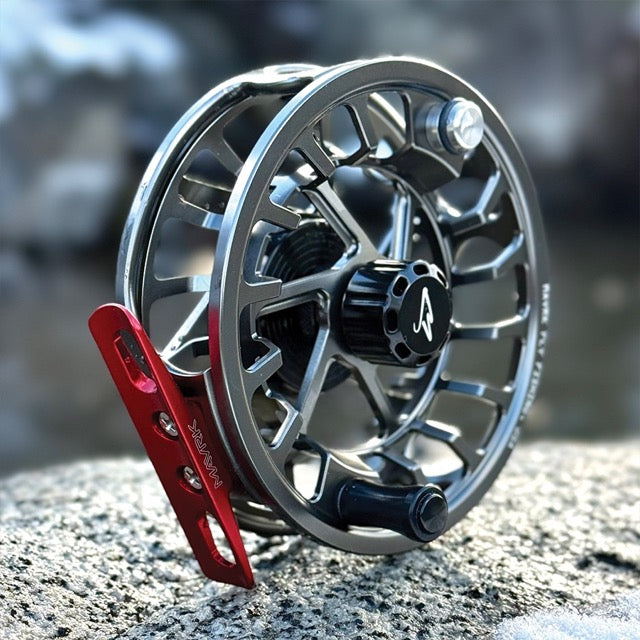
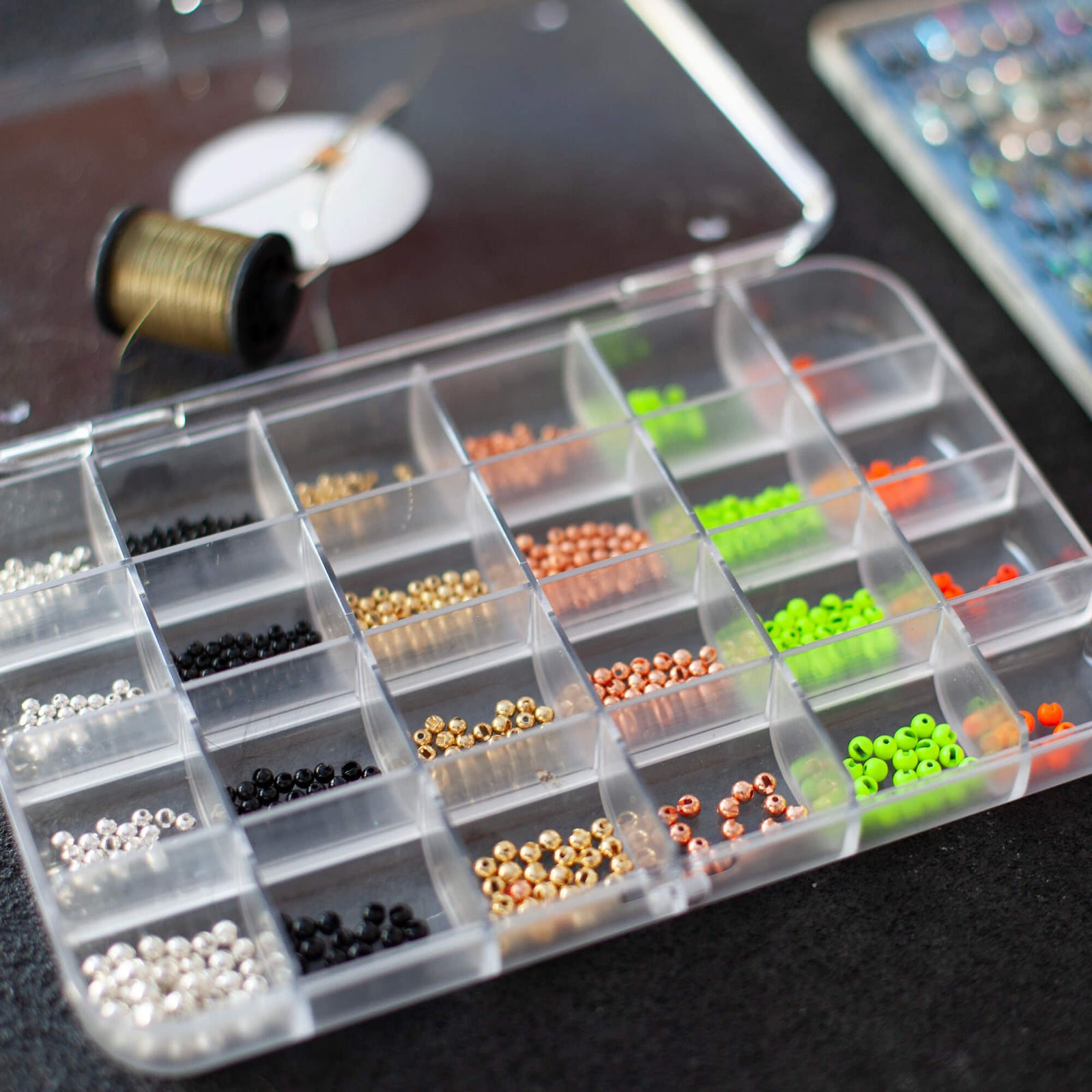
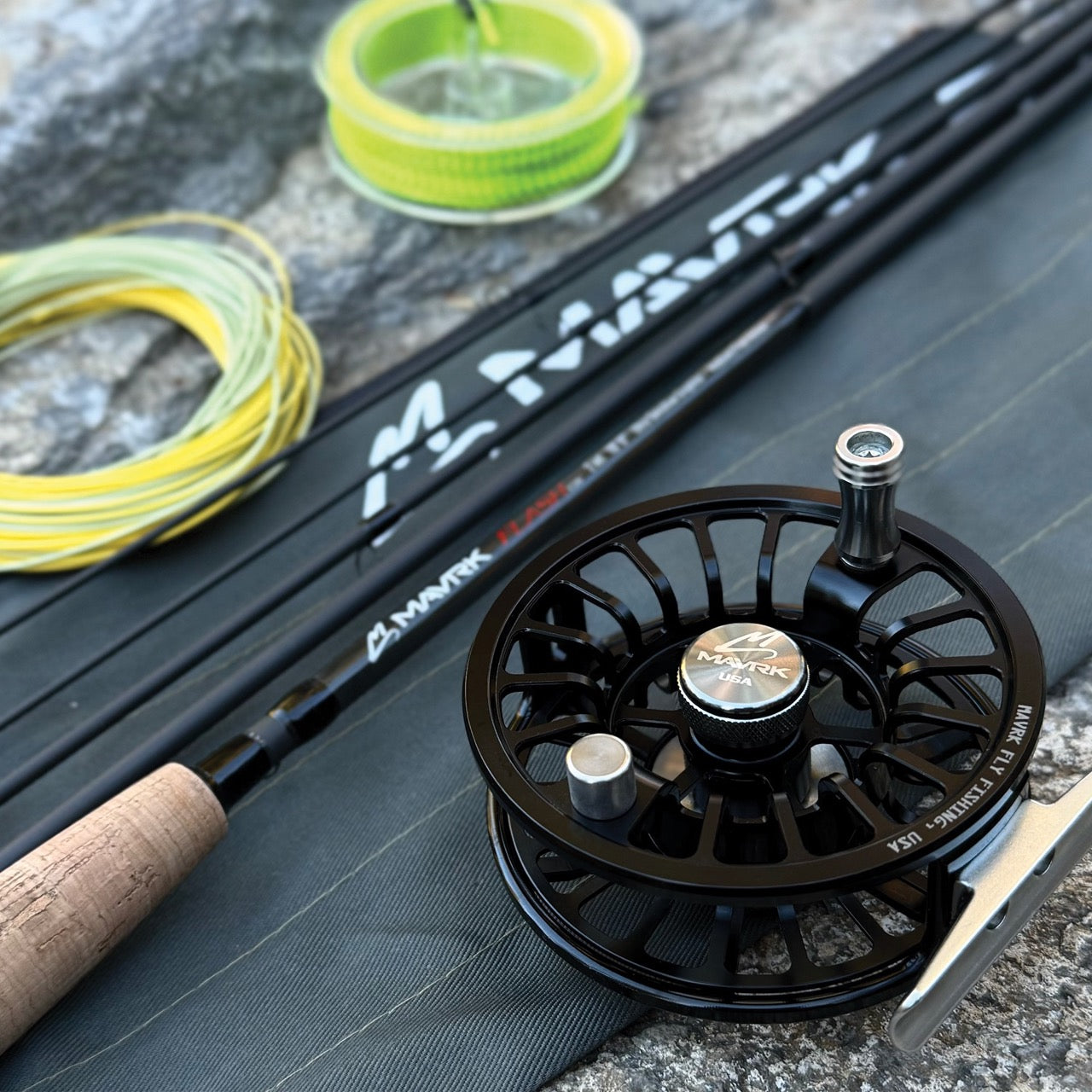
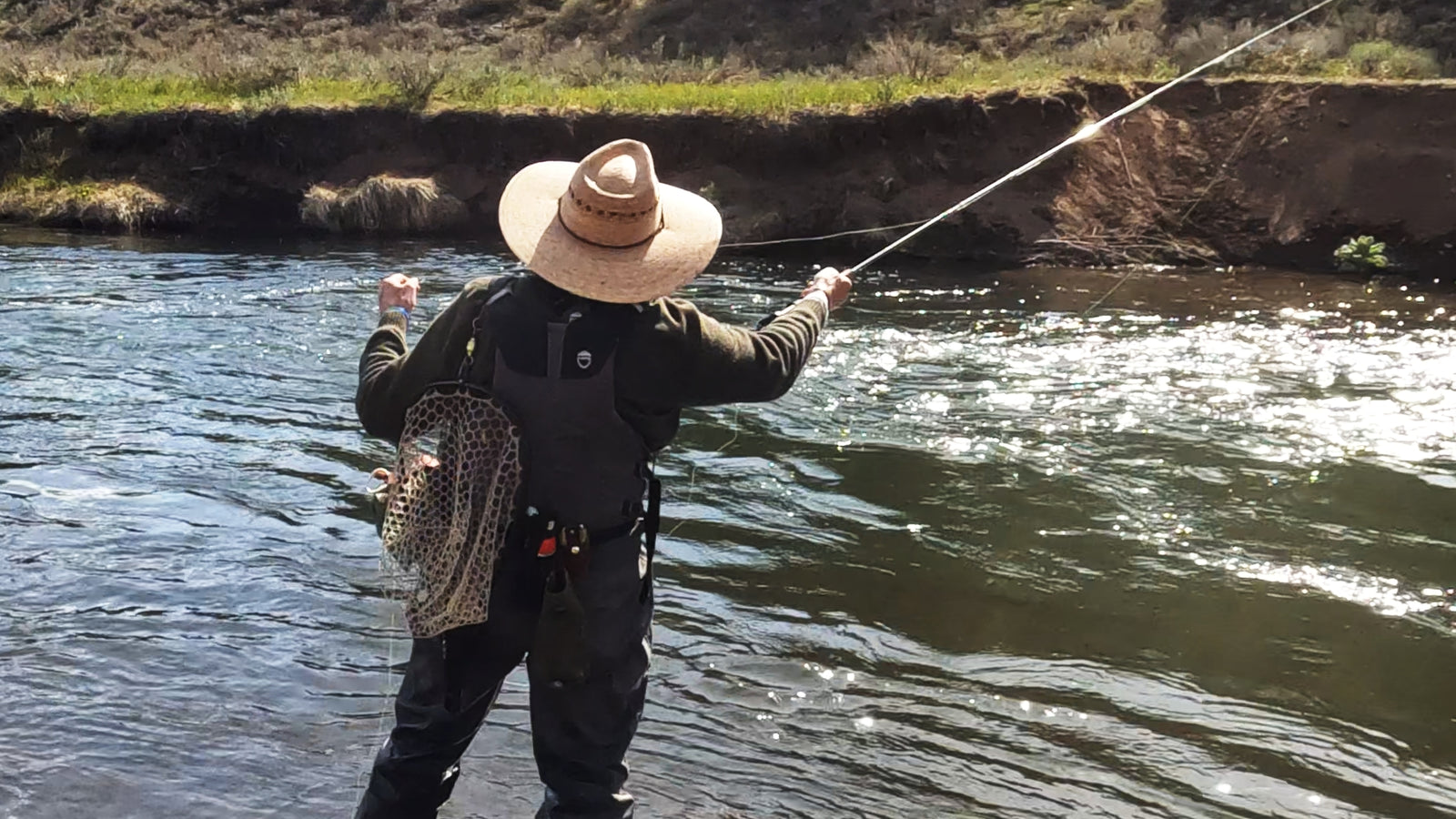
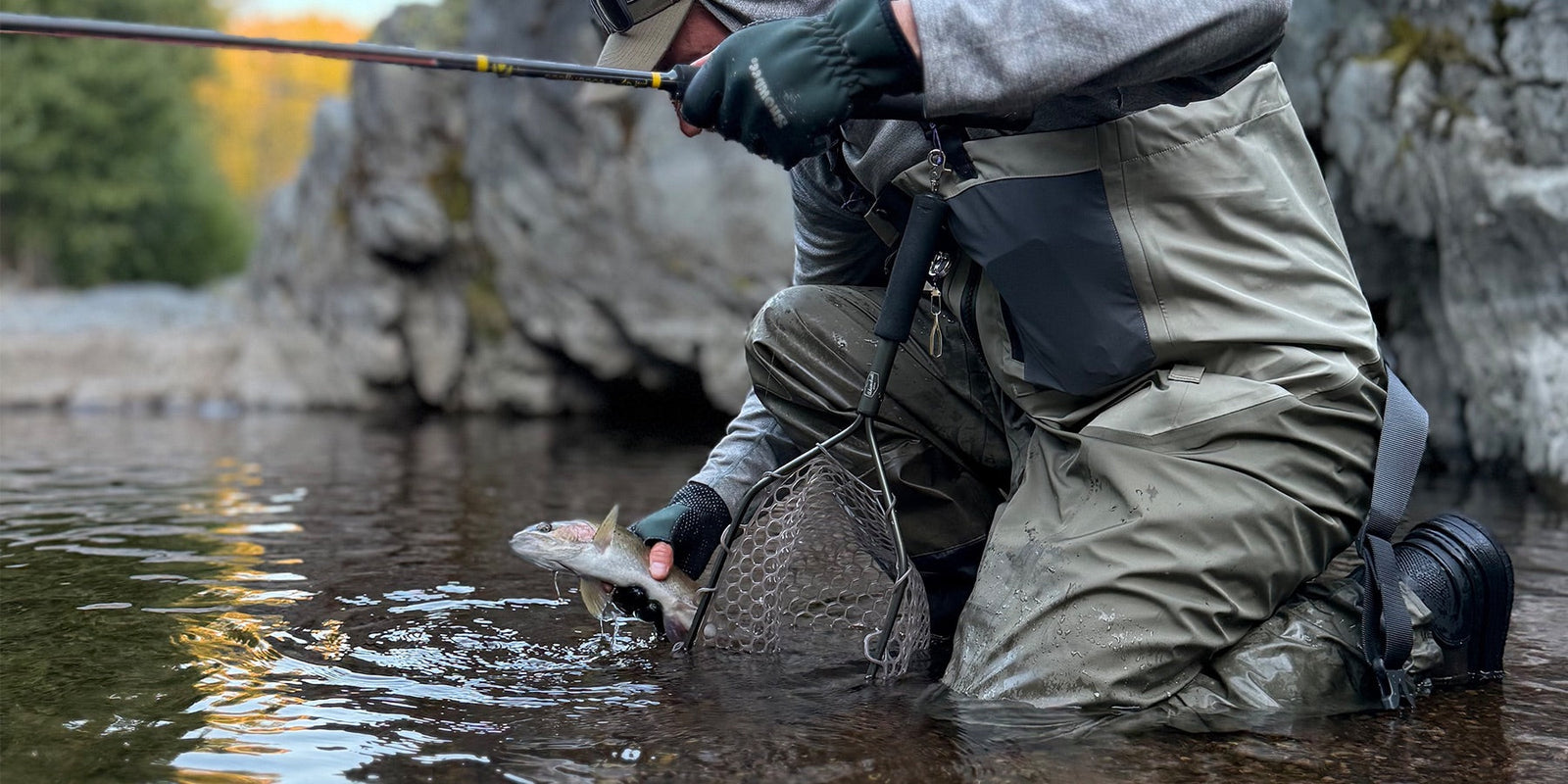
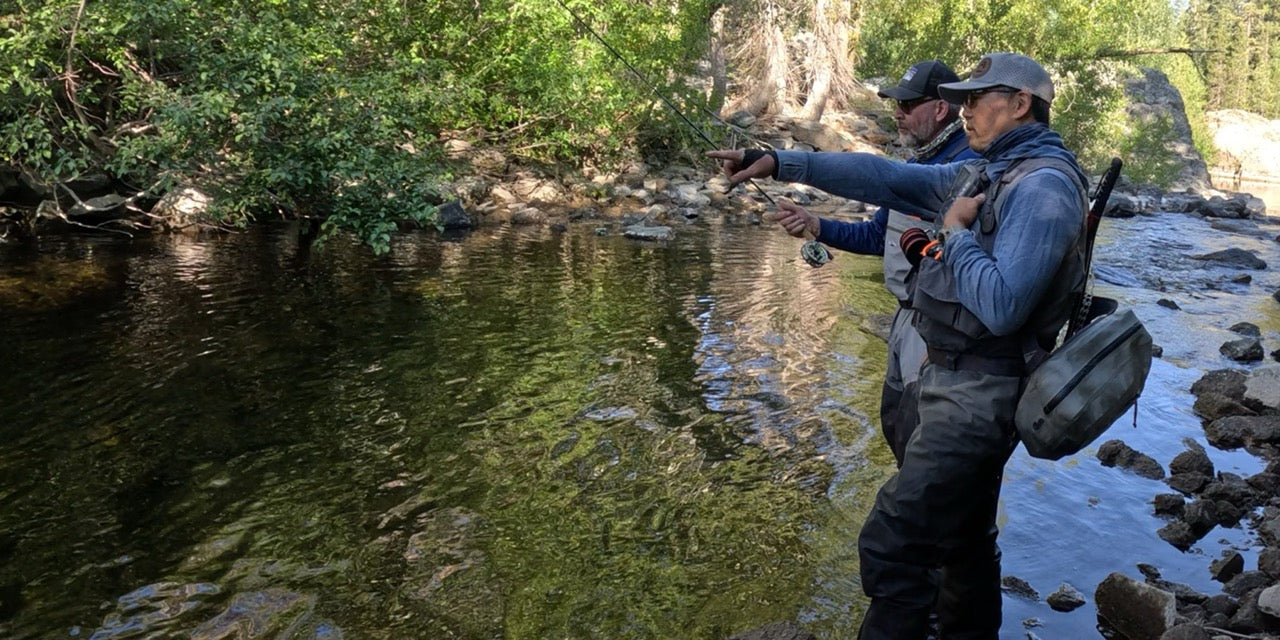
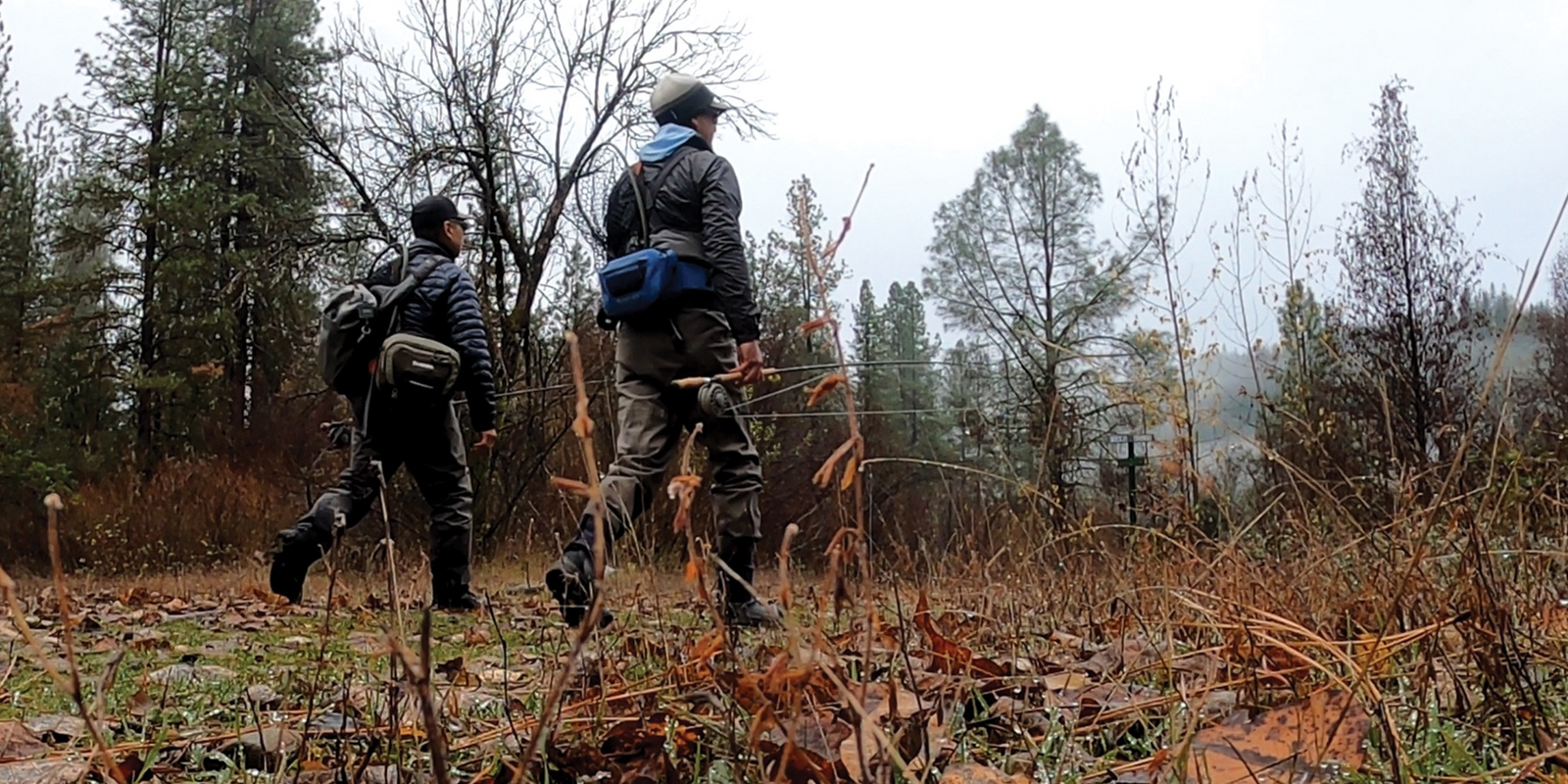
Leave a comment (all fields required)